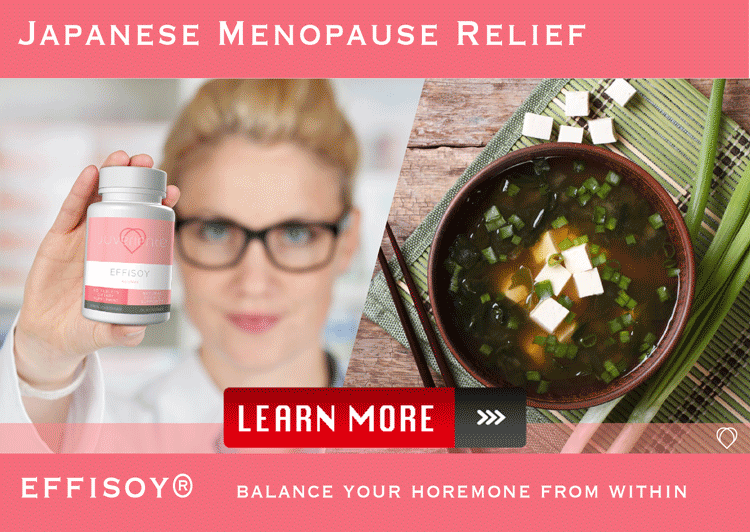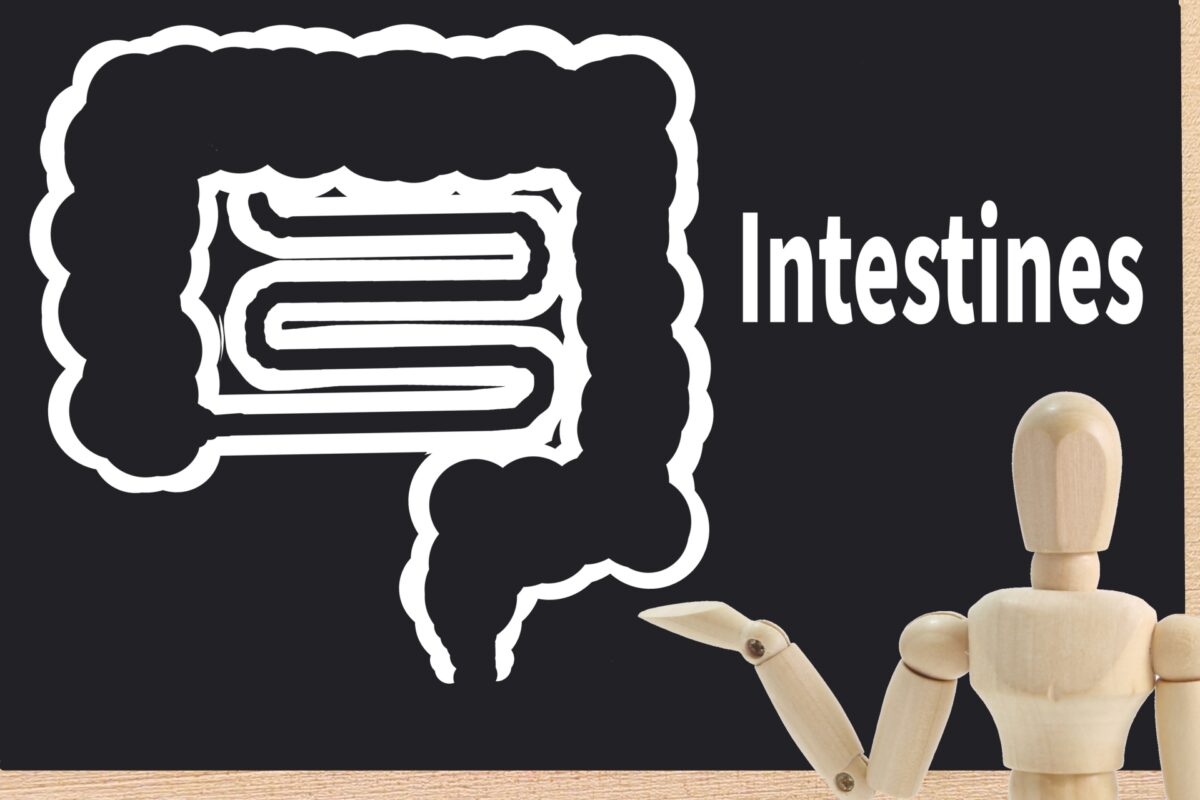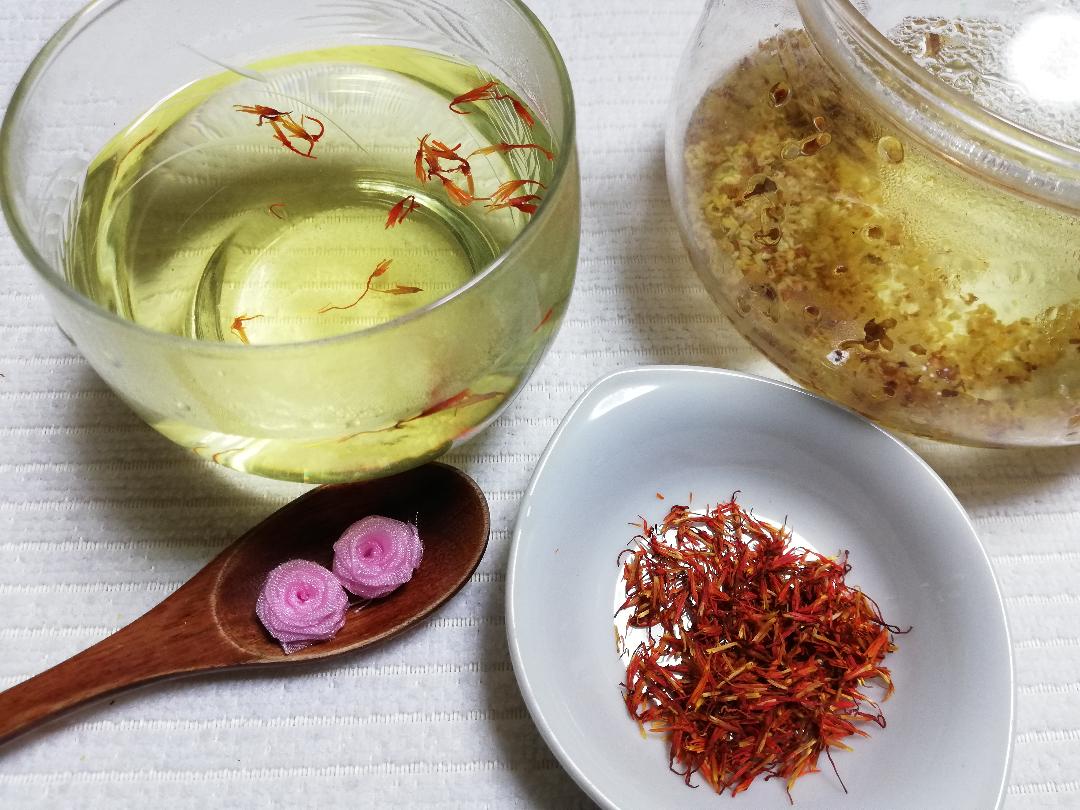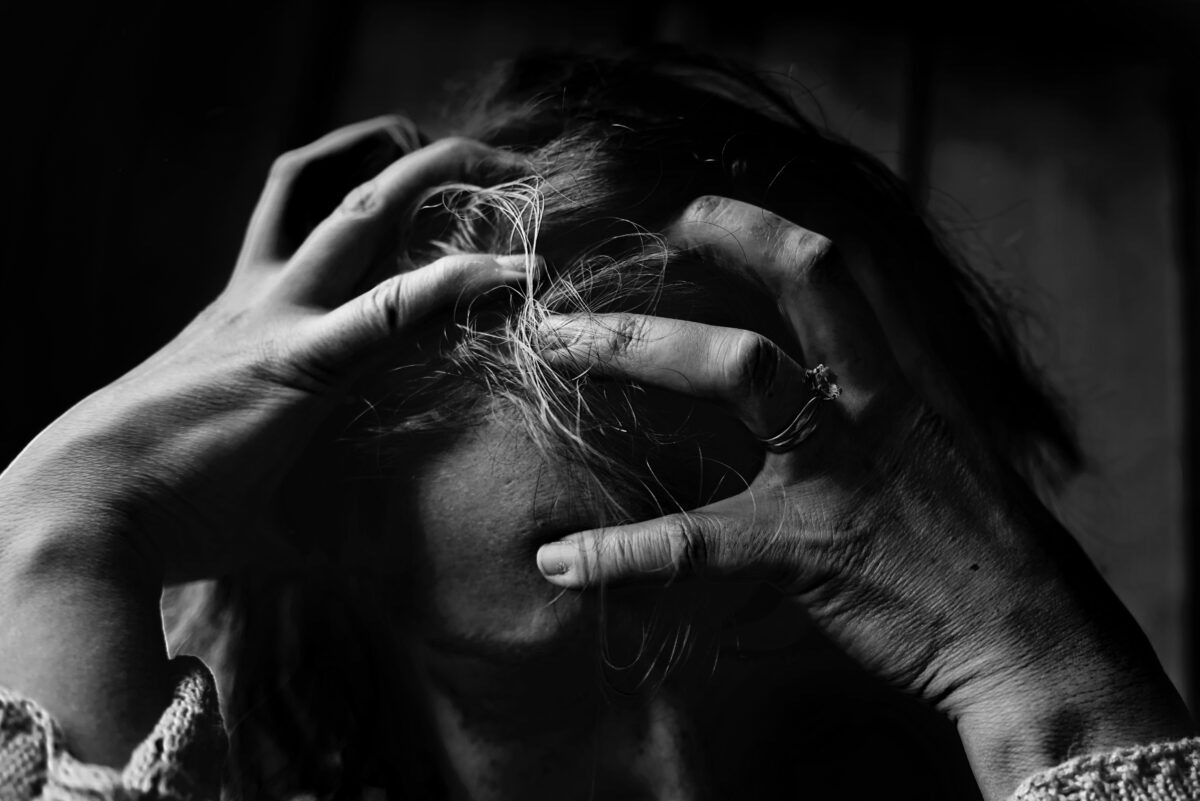Are you lamenting that your arms and waist have become thicker than before, “I used to be thinner…!”? After the age of 40, it becomes harder to lose fat year by year. They say that menopause women are prone to gaining weight. Their metabolism slows down and their hormone balance is disturbed in and around menopause period. For women worrying about such changes in body shape, we will introduce recommended foods, lifestyle advice, and Chinese herbs for menopause weight gain.
What is “menopause weight gain” that makes it easy to gain fat during menopause?
Deteriorated metabolism
Menopause is one of the most stressful times in a woman’s life. Menopause is about five years before and after menopause, a total of about ten years. The typical age of menopause is 50 to 51, so many women start menopause around 45 to 55. They tend to gain weight quickly due to deteriorated muscle and metabolism by aging.
Another reason why it’s easy to gain weight during menopause
There’s an even bigger reason menopause is so easy to gain weight. It’s a “female hormone” problem.
As women approach menopause, estrogen, one of the most influential female hormones, drops sharply. It significantly disrupts the hormone balance, and various symptoms of menopause, such as hot flashes and fatigue, become more likely to occur.
We think this hormonal imbalance will be one of the causes of menopausal weight gain.
Even if you gain weight due to menopause, the countermeasures are the same as a regular diet, and exercise and diet are the basics. I wrote more about exercise and diet to help manage weight in other articles, so please refer to them.
Chinese herbs for menopause weight gain
There are herbal medicines that you can take as supplements for menopausal women who are trying to get rid of obesity through diet and exercise.
“Bofutsushosan” is said to increase fat burning when exercising. They say that “Boi Ougito” is good for those who are poor in water metabolism. It does not mean you can lose weight just by taking it, but it is used supplementarily according to the individual type.
Daisaikoto improves menopause weight gain through improving the stagnation of energy caused by stress and removes heat from the body by enhancing the flow. It also increases lipid metabolism and reduces excess fat, and simultaneously suppresses irritation due to its action.
The above links are the list of products from a famous Chinese herbs brand in Japan. If they are not available in your area, it is a good idea to show the details of these products to a herbal pharmacy and ask them to mix them for you.
Lose your weight by boosting your decreased hormone with aging
As something ready for prompt shopping in the USA, Juveriente®’s natural supplements are under the same concept as Chinese herbs, natural and moderate therapy from within, based on Japanese traditional healthy foods.
Juveriente®’s Effisoy, launched in 2016, based on fermented soy bean germ extract has been loved as a natural menopause relief since its launching in 2016.
Its primary function is to boost the weakened synthesis of a hormone precursor, DHEA. It’s safe as it only heals the natural synthesis function. The hormone boost doesn’t provide the only relief from menopausal symptoms. But, it also supports various aging issues and increases metabolism, which leads to weight loss.
Here are some of the real product reviews in our Amazon shop.
“Restful sleep finally!!”, “I Am Now Free of Hot Flashes!!”, “Lifesaver”

















